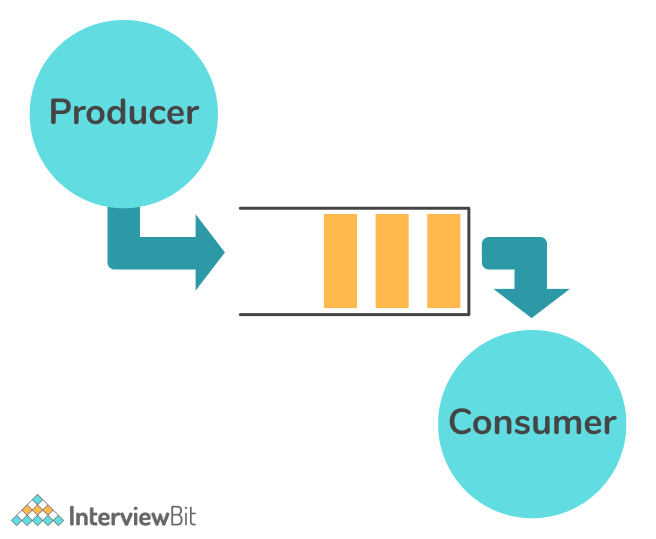Various Algorithms
SRTN
The Shortest Remaining Time Next (SRTN) algorithm is a scheduling algorithm used in computer operating systems to manage processes. The basic idea behind the SRTN algorithm is to schedule the process with the shortest remaining time (i.e., burst time) first, as this is expected to minimize the waiting time for other processes and maximize overall system efficiency.
Run Algorithm Read More
PRODUCER CONSUMER PROBLEM
The Producer-Consumer problem is a classic synchronization problem in computer science. It describes the situation where a producer generates items and places them into a shared buffer, and a consumer takes items from the buffer for processing. The problem arises when multiple producers and consumers try to access the buffer simultaneously, which can lead to problems such as buffer overflow or buffer underflow.
Run Algorithm Read More
SSTF
The Shortest Seek Time First (SSTF) algorithm is a disk scheduling algorithm used in operating systems to manage requests for disk access in a computer system. In this algorithm, the disk arm moves to the requested track that is closest to its current position, rather than simply moving in a predetermined direction.
Run Algorithm Read More
LRU
LRU (Least Recently Used) is a type of cache replacement policy that discards the least recently used items first. In computer science, it is used to manage memory allocation and cache eviction policies. The basic idea behind LRU is that the items that are least recently used are likely to be the ones that will not be used in the near future, so it makes sense to remove those items first to free up space for more frequently used items.
Run Algorithm Read More




